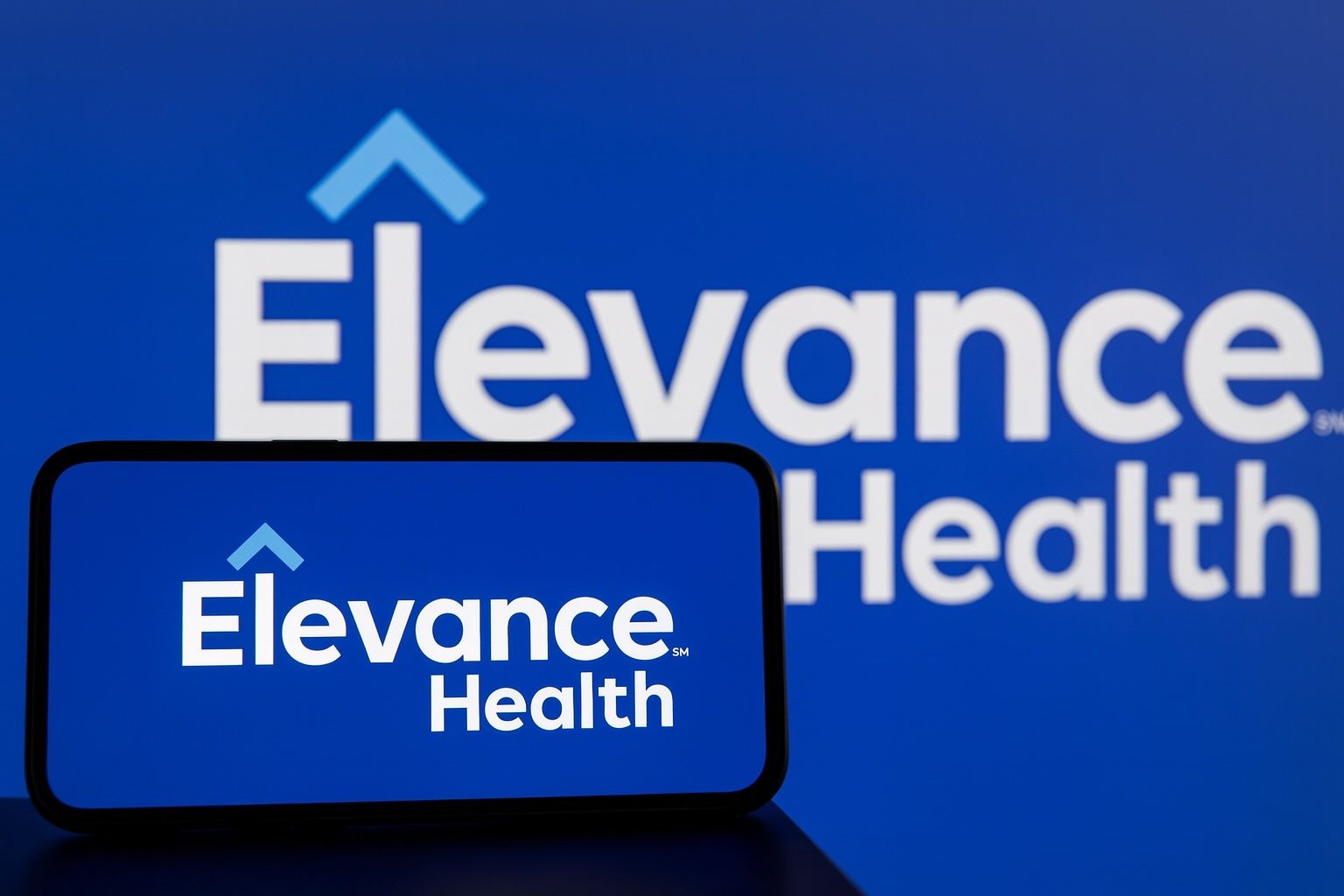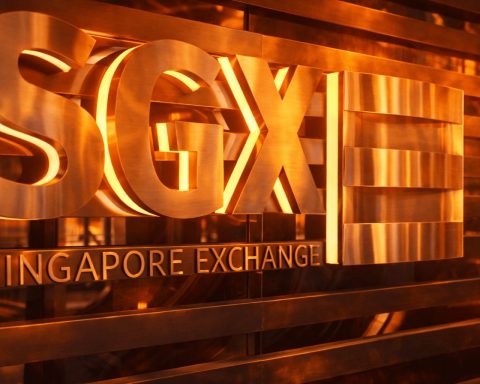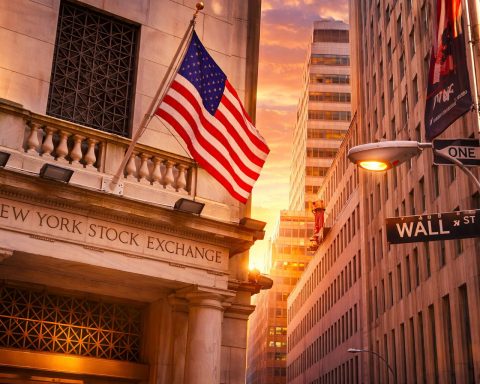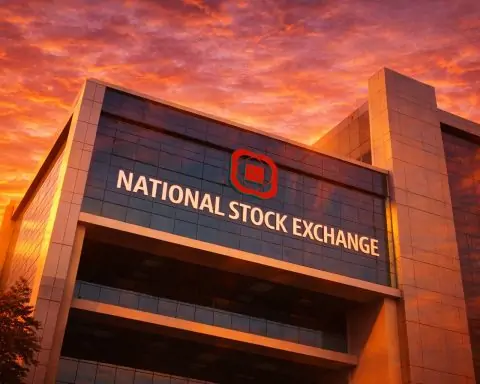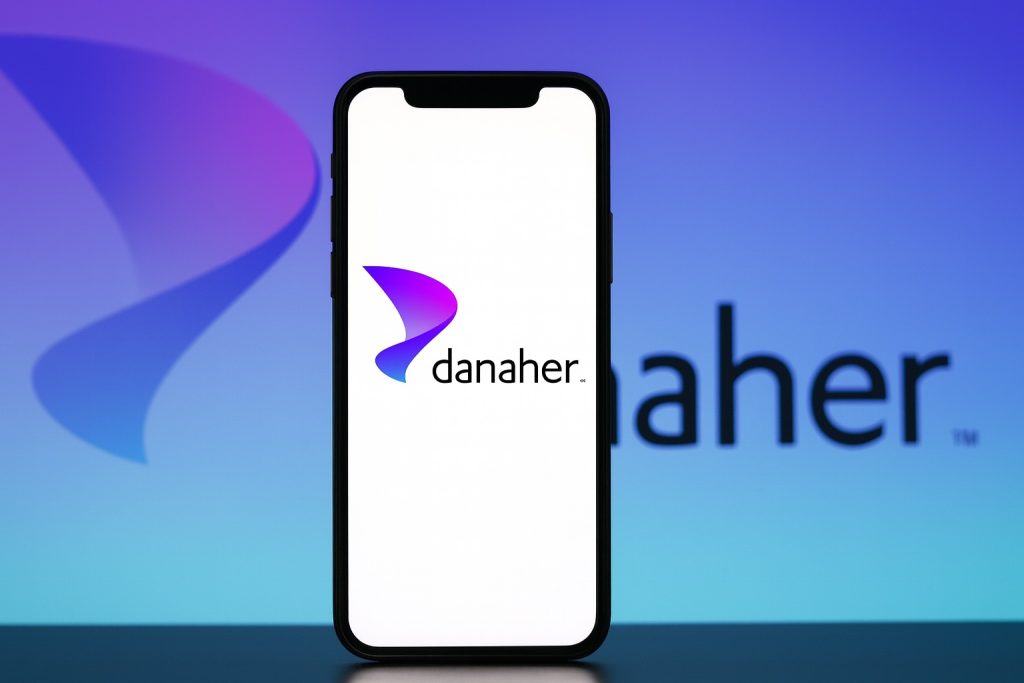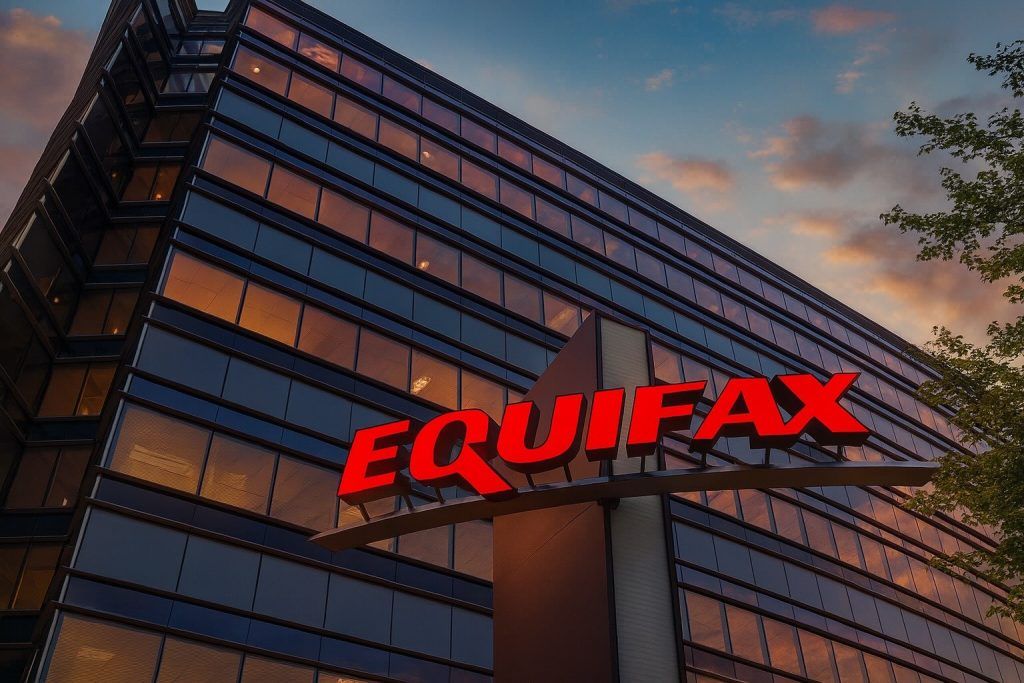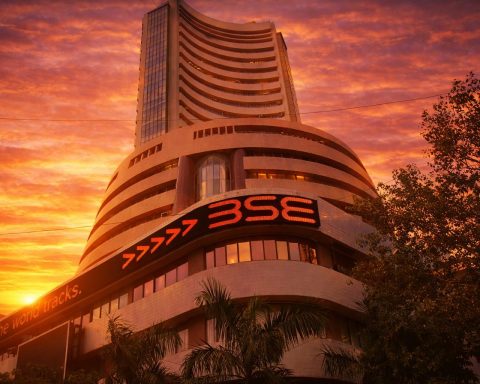- Strong Q3 surprise: Elevance Health (NYSE: ELV) delivered third-quarter 2025 adjusted earnings of $6.03 per share, crushing analyst consensus of roughly $4.95 [1]. Revenue hit $50.1 billion (up 12% year-over-year), topping the $49.3 billion expected [2].
- Stock jumps on results: ELV shares jumped as much as 7% in pre-market trading on Oct. 21, 2025 after the earnings beat [3]. The stock traded around the mid-$350s per share on Tuesday, roughly flat with the prior close after an early spike. Peers like UnitedHealth and Centene also got a lift, rising 1–2% before the bell in sympathy [4].
- Costs in check & guidance reaffirmed: The health insurer’s benefit expense ratio (medical cost ratio) was 91.3% in Q3, slightly better than analyst forecasts [5]. Elevance reaffirmed its full-year 2025 outlook, including adjusted earnings of about $30 per share and a ~90% benefit expense ratio [6] [7].
- CEO outlook: CEO Gail Boudreaux said the results “reflect disciplined execution” in a dynamic environment, with a focus on improving affordability and the member experience [8]. She noted Elevance remains “disciplined in managing what we can control” as it plans for 2026, positioning for long-term growth [9].
- Investor and analyst sentiment: The earnings beat and stable outlook have been well received on Wall Street. Analysts maintain a bullish stance – the stock carries a “Buy” consensus, with no sells, and a median 12-month price target around $380–$400 (≈7–13% above recent levels) [10] [11]. Elevance also returned cash to shareholders via $875 million in Q3 buybacks and a quarterly dividend of $1.71 per share [12], underlining confidence in its financial position.
Earnings Beat Drives Stock Higher
Elevance Health posted strong third-quarter 2025 results, significantly outperforming market expectations on both profit and revenue. Adjusted earnings came in at $6.03 per share, well above the ~$4.95 analysts predicted [13]. Likewise, revenue for the quarter reached $50.1 billion, surpassing the $49.3 billion consensus and growing 12% year-over-year [14]. This robust growth was fueled by higher premium yields and an expanding customer base – particularly gains in Medicare Advantage enrollments – along with contributions from recent acquisitions in Elevance’s Carelon health services unit [15]. These factors combined to help Elevance smash its Q3 forecasts, showcasing strong demand and pricing power in its health benefits business.
Investors reacted enthusiastically to the earnings news. Elevance’s stock price surged in pre-market trading, rising over 7% before the market opened Tuesday [16]. The rally signaled relief and optimism that the company’s performance is outpacing expectations despite cost pressures. Upon the market open, ELV shares hovered in the mid-$350s – roughly flat versus Monday’s close, as some early gains moderated. Even so, the stock was still up about 15% from a month earlier [17], reflecting building momentum ahead of the results. The upbeat Elevance report also gave a jolt to other health insurers: UnitedHealth Group and Centene saw their stocks climb 1–2% in early trading as investors read the results as a positive sign for the sector broadly [18]. In fact, healthcare stocks had been leading the market at the start of the week, rising about 1.5% on Monday amid optimism for earnings season [19].
“We’re very pleased with our third quarter performance,” said Elevance CEO Gail K. Boudreaux in a statement, noting the results “were in line with expectations and reflect disciplined execution across Elevance Health” [20]. She highlighted that in today’s dynamic healthcare environment, the company is “focused on advancing affordability and elevating the member experience” through initiatives like value-based care partnerships and AI-driven digital solutions [21]. Those efforts appear to be paying off in strong membership growth and customer retention. With adjusted earnings up double-digits, Elevance demonstrated an ability to grow profitably even as it invests in new care models and technology.
Cost Management and 2025 Outlook
A key focus for health insurance investors this year has been medical cost trends, and Elevance’s Q3 showed costs are elevated but under control. The company’s benefit expense ratio – the percentage of premiums spent on medical claims – came in at 91.3% for the quarter [22]. That’s about 1.8 percentage points higher than a year ago, reflecting expected higher utilization, especially in Medicare plans. Importantly, it was slightly better than analysts feared (Wall Street expected ~91.7% [23]), indicating cost discipline. Elevance pointed out that much of the uptick was driven by Medicare Part D pharmacy benefits, due to changes from the Inflation Reduction Act, and was anticipated in their projections [24]. By contrast, administrative expenses improved as a share of revenue. The insurer’s operating expense ratio improved to 10.5% (130 basis points lower year-on-year), though after adjusting for strategic investments it was 10.4% (up 100 bps) [25] – reflecting spending to scale its Carelon services and technology, even as core efficiencies improve.
Critically, Elevance reaffirmed its full-year 2025 guidance, underscoring management’s confidence that cost trends are manageable. The company still expects an annual benefit expense (medical loss) ratio of about 90.0% and approximately $30.00 in adjusted EPS for 2025 [26]. “We remain on track to achieve our earnings targets for the year,” Boudreaux noted. By holding guidance steady, Elevance reassured investors that there were no negative surprises lurking in the fourth quarter. In fact, the Q3 beat may give it a cushion to hit the $30 EPS mark. (For context, health insurers typically aim for medical loss ratios closer to the low 80s percent [27], but ratios have run higher industry-wide as patients catch up on care and new costs like capped drug prices under Medicare Part D come into play.)
Elevance’s CEO struck a confident tone about the future. “As we plan for 2026, we remain disciplined in managing what we can control – positioning our businesses for long-term, sustainable growth and value creation for all stakeholders,” Boudreaux said [28]. In other words, the company is proactively controlling expenses and investments in the face of external pressures like inflation and policy changes. Elevance has been leaning into cost-saving initiatives and technology (such as AI-driven platforms) to streamline operations and improve patient outcomes. This discipline is helping offset higher utilization and medical inflation.
Meanwhile, shareholders are seeing the rewards of Elevance’s solid performance. During Q3 the company repurchased 2.9 million shares for about $875 million [29], part of $3.3 billion in capital returned year-to-date [30] [31]. It also declared a quarterly dividend of $1.71 per share for Q4 (to be paid Dec. 19, 2025) [32]. These moves signal that management views the stock as undervalued and has excess cash to deploy – a positive sign of financial health. Even after the buybacks and dividends, Elevance retains a strong balance sheet and ample liquidity (over $2.6 billion in parent cash as of quarter-end) [33]. The shareholder returns underscore confidence in the company’s cash flow stability and commitment to delivering value to investors.
Market Reaction and Analyst Outlook
Elevance’s earnings beat and steady outlook have largely reinforced investor confidence, even if the immediate stock price reaction was somewhat mixed. After an initial pop, shares settled around $350 on Tuesday, roughly unchanged on the day as the broader market fluctuated. Still, the stock is trading about 12 times forward earnings, a slight uptick from 11x a few months ago but still a relatively low valuation for a company growing at Elevance’s pace [34]. This suggests that, despite recent gains, many investors see the stock as a bargain in the healthcare sector. The positive Q3 news also lifted sentiment toward the industry: “The better-than-expected results also lifted shares of its peers,” noted Reuters, with giants like UnitedHealth and Humana benefiting from a read-through that medical costs are being contained [35].
Wall Street analysts remain broadly bullish on Elevance Health’s prospects. According to Refinitiv data, the stock carries an average rating of “Buy”, with 25 out of 25 analysts surveyed rating it a Buy or Hold – none recommend selling [36]. Roughly two-thirds of those are Buys (14 Buy/Strong Buy vs. 11 Hold) [37]. The median 12-month price target is about $382.50 per share [38], which implies a moderate upside of around 7% from current levels. MarketBeat’s analyst survey similarly shows a “Moderate Buy” consensus, with an average target near $400 [39]. Price objectives across firms cluster in the high-$300s to low-$400s. For instance, Truist Financial recently set a $400 target for ELV, and Mizuho boosted its target from $342 to $420 while reiterating an Outperform rating ahead of earnings [40]. Such moves suggest experts see fundamental value and upside in the stock, especially after Elevance’s strong execution this quarter. It’s worth noting that even at the high end of these targets, the implied valuation would be roughly 13–14x earnings – still reasonable for a company expected to grow profits in the high-single to double digits.
Some market observers are highlighting Elevance as a compelling long-term play. In an analysis on TS2.tech, Elevance earned a 79% score under a value-focused “Low P/E” investment model, indicating solid fundamentals and growth at a reasonable price [41]. While just shy of the model’s threshold for a “strong buy” signal, this high rating underscores that Elevance offers an attractive blend of earnings growth, dividends, and stability – characteristics of an “undervalued defensive giant with long-term upside,” as one Seeking Alpha analyst put it [42]. The company’s relatively low beta (around 0.6) [43] and reliable cash flows make it a popular pick for investors seeking healthcare exposure with less volatility than biotech or hospital stocks. At the same time, Elevance’s growth drivers – such as expanding Medicare Advantage enrollment and new care delivery initiatives – give it offense as well as defense.
Looking ahead, forecasts for Elevance Health remain positive. The reaffirmed guidance of ~$30 EPS for 2025 suggests around 12% growth for the full year, and analysts expect mid-to-high single-digit revenue growth to continue into next year [44]. A key watch item will be how effectively Elevance can keep medical cost trends in check. Thus far, the company has navigated rising utilization adeptly, leveraging its size and care management programs to mitigate the impact. If Elevance can sustain its performance – delivering on earnings while investing in new capabilities – many experts believe the stock has room to run. “Elevance Health is a buy,” one industry commentator argued, noting the insurer’s strong competitive position and still-undervalued stock price relative to its earnings power [45]. In the near term, investors will also monitor any policy changes (for example, Medicare payment rates or drug pricing rules) that could affect insurers’ costs. But with its diversified portfolio (over 45 million medical members across employer, Medicaid, Medicare, and exchange plans [46]) and emphasis on innovation, Elevance Health enters the end of 2025 on solid footing. The consensus is that this Blue Cross Blue Shield affiliate has the scale and strategy to keep rewarding shareholders, making its stock one to watch as the healthcare landscape evolves.
Sources: Elevance Health Q3 2025 Earnings Release [47] [48]; Reuters [49] [50]; Investing.com [51] [52]; TS2.tech [53] [54]; Refinitiv/TradingView [55] [56]; MarketBeat [57] [58].
References
1. www.investing.com, 2. www.investing.com, 3. www.reuters.com, 4. www.reuters.com, 5. www.reuters.com, 6. www.investing.com, 7. www.reuters.com, 8. www.investing.com, 9. www.elevancehealth.com, 10. www.tradingview.com, 11. www.marketbeat.com, 12. www.investing.com, 13. www.investing.com, 14. www.investing.com, 15. www.tradingview.com, 16. www.reuters.com, 17. simplywall.st, 18. www.reuters.com, 19. ts2.tech, 20. www.investing.com, 21. www.investing.com, 22. www.reuters.com, 23. www.reuters.com, 24. www.investing.com, 25. www.investing.com, 26. www.investing.com, 27. www.reuters.com, 28. www.elevancehealth.com, 29. www.investing.com, 30. www.elevancehealth.com, 31. www.elevancehealth.com, 32. www.investing.com, 33. www.elevancehealth.com, 34. www.tradingview.com, 35. www.reuters.com, 36. www.tradingview.com, 37. www.tradingview.com, 38. www.tradingview.com, 39. www.marketbeat.com, 40. www.marketbeat.com, 41. ts2.tech, 42. seekingalpha.com, 43. www.marketbeat.com, 44. markets.financialcontent.com, 45. seekingalpha.com, 46. www.elevancehealth.com, 47. www.elevancehealth.com, 48. www.elevancehealth.com, 49. www.reuters.com, 50. www.reuters.com, 51. www.investing.com, 52. www.investing.com, 53. ts2.tech, 54. ts2.tech, 55. www.tradingview.com, 56. www.tradingview.com, 57. www.marketbeat.com, 58. www.marketbeat.com
